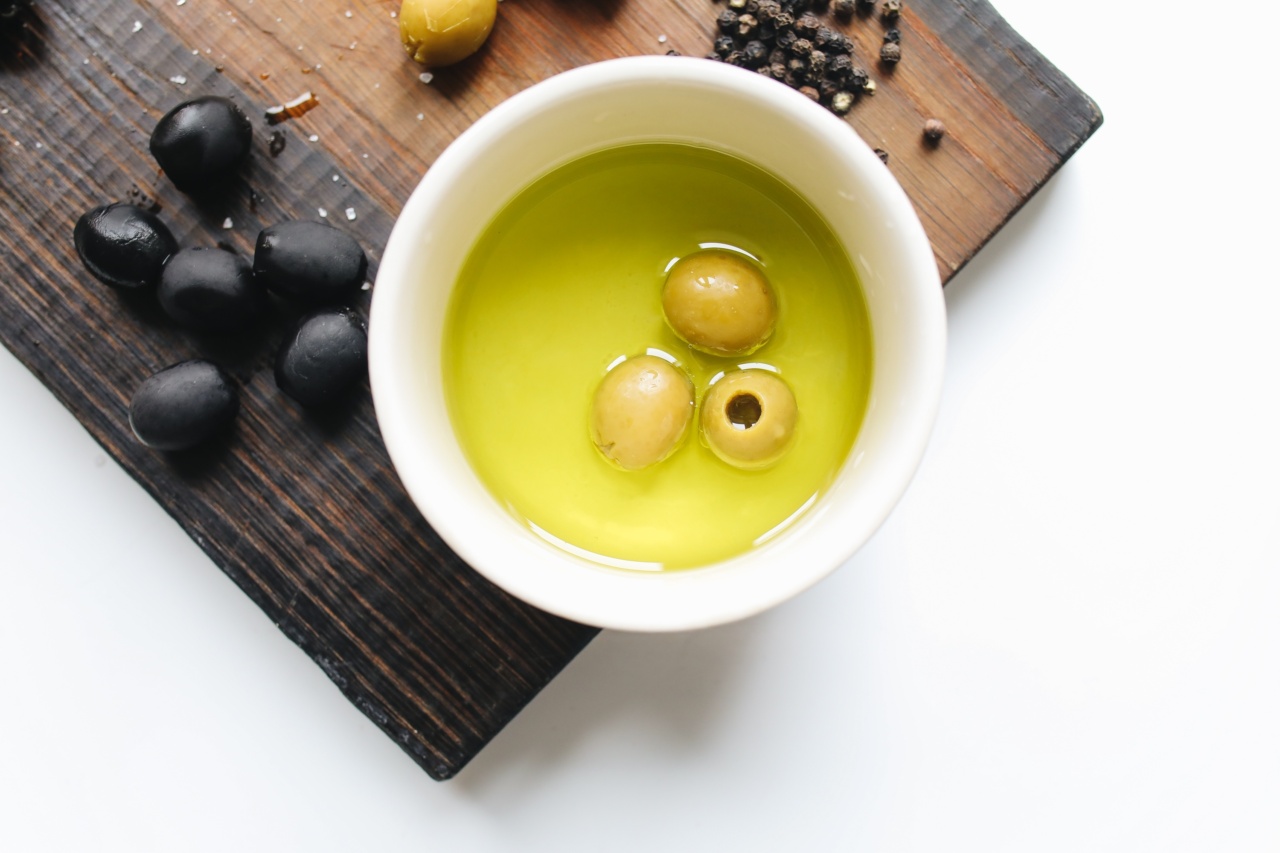Olive oil is a staple in many kitchens due to its versatility, delicious taste, and a variety of health benefits. However, not all olive oil is created equal.
There are several different types of olive oil, each with their own unique flavor and characteristics. In this comprehensive guide, we will explore the different types of olive oil available and how to use them.
Extra Virgin Olive Oil
Extra virgin olive oil is the highest quality olive oil available. It is made from pure, cold-pressed olives and has no chemicals or solvents added during the extraction process.
Extra-virgin olive oil is the healthiest type of olive oil due to its high concentration of beneficial nutrients and antioxidants. It has a fruity, robust flavor and is best used for dipping, salad dressings, and other unheated applications.
Virgin Olive Oil
Virgin olive oil is made from olives that are slightly riper than those used to make extra-virgin olive oil. The oil is extracted in a similar manner to extra-virgin olive oil, but it has a slightly lower acidity level and a milder flavor.
Virgin olive oil is a good all-purpose olive oil for general cooking and baking, and for use in salad dressings and marinades.
Refined Olive Oil
Refined olive oil is made from olive pomace – the leftover pulp and pits – that is extracted after the initial pressing.
Refined olive oil is put through a refining process that removes any impurities, and it is then blended with virgin olive oil to create a milder-tasting oil with a higher smoke point. Refined olive oil is ideal for high-heat cooking, including frying, roasting, sautéing, and grilling.
Extra Light Olive Oil
Extra-light olive oil is the most refined and processed olive oil available. It is made from a blend of refined olive oil and virgin olive oil, and it has a very mild flavor and a high smoke point.
Extra-light olive oil is ideal for baking and high-heat cooking, but it lacks the health benefits of extra-virgin olive oil.
Cold-Pressed Olive Oil
Cold-pressed olive oil is made by mechanically pressing olives, without the use of heat or chemicals. This gentle process helps preserve the natural flavors and nutrients found in the olives.
Cold-pressed olive oil is recommended for use in uncooked or lightly cooked dishes, such as salad dressings, dips, and marinades. It is a type of extra-virgin olive oil that retains its natural characteristics.
Organic Olive Oil
Organic olive oil is made from olives that have been grown, harvested, and processed without the use of chemical fertilizers or pesticides. Organic olive oil is a great choice for those who prioritize environmentally-friendly and sustainable practices.
It is available in all the varieties mentioned above and has similar characteristics.
Flavored Olive Oil
Flavored olive oil is made by infusing pure, unflavored olive oil with various herbs, spices, and other natural ingredients. Flavored olive oil is perfect for adding extra flavor to salads and dishes or for use as a marinade.
Some popular flavors include garlic, basil, lemon, and chili pepper.
Blended Olive Oil
Blended olive oil is made from a mixture of different types of olive oil, which can include extra-virgin olive oil, virgin olive oil, and refined olive oil.
Blended olive oil is often used by chefs and cooks who want to balance flavors and create a specific taste. It is versatile and can be used for all types of cooking and uncooked food preparations.
Smoke Point of Olive Oil
The smoke point of an oil refers to the temperature at which it starts to smoke, indicating that it is breaking down and becoming less healthy. The smoke point of olive oil varies depending on the type of olive oil and its quality.
Extra-virgin olive oil has a lower smoke point, at around 320-375°F, while refined olive oil has a higher smoke point, at around 390-465°F. It is important to use the appropriate type of olive oil for each cooking method to ensure optimal health benefits and taste.
Storing Olive Oil
Olive oil should be stored in a cool, dark place, such as a cupboard, away from direct sunlight and heat. Exposure to light and heat can cause the oil to become rancid and lose its flavor and health benefits.
It is also essential to keep olive oil in an airtight container to prevent oxidation and contamination.
In Conclusion
Each type of olive oil has its own unique characteristics and is best suited for specific cooking methods. Choosing the right oil for each dish can help enhance its flavor and nutritional benefits.
Whether you prefer extra-virgin olive oil for dipping, virgin olive oil for general use, or refined olive oil for high-temperature cooking, there is a type of olive oil to suit your needs.






























